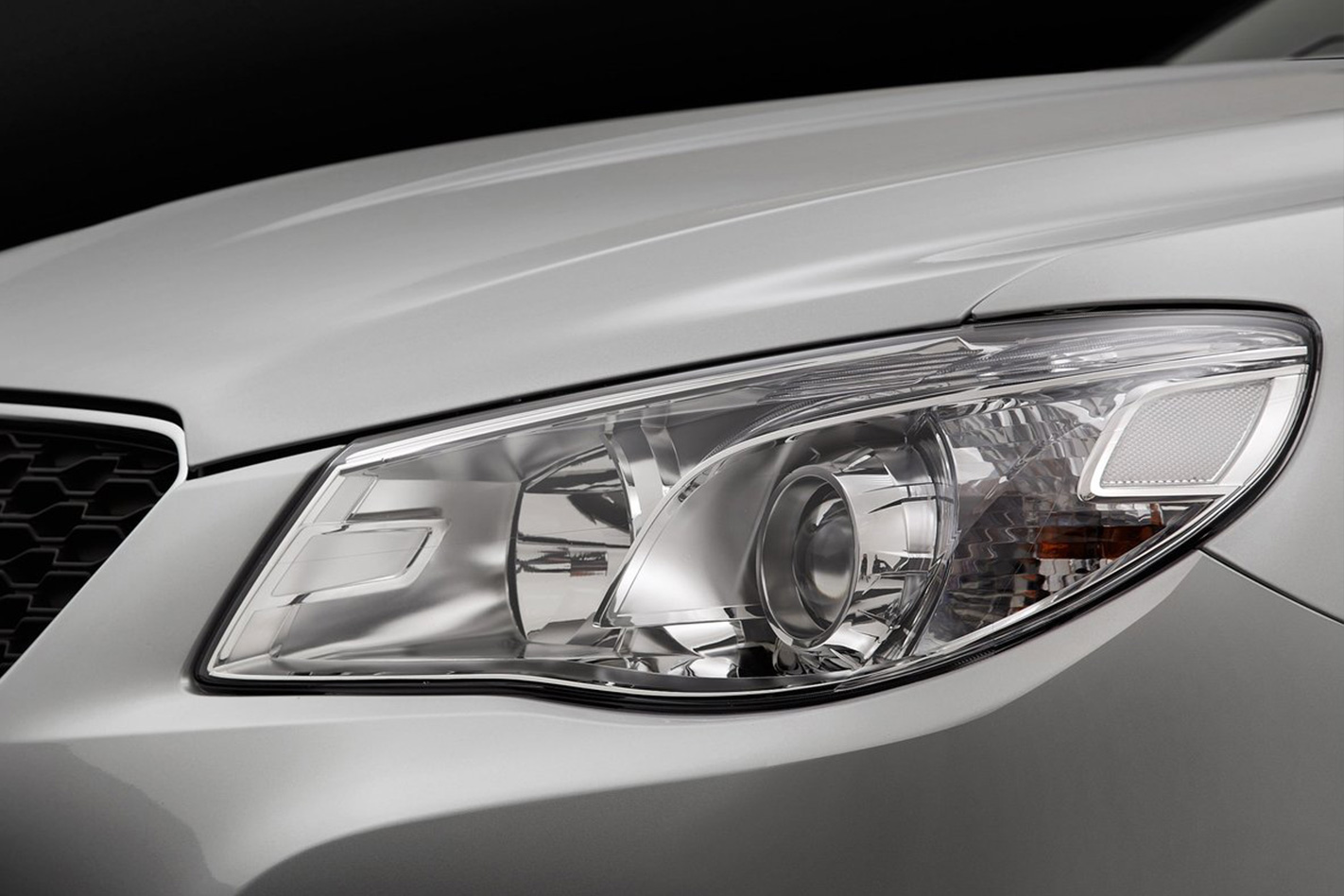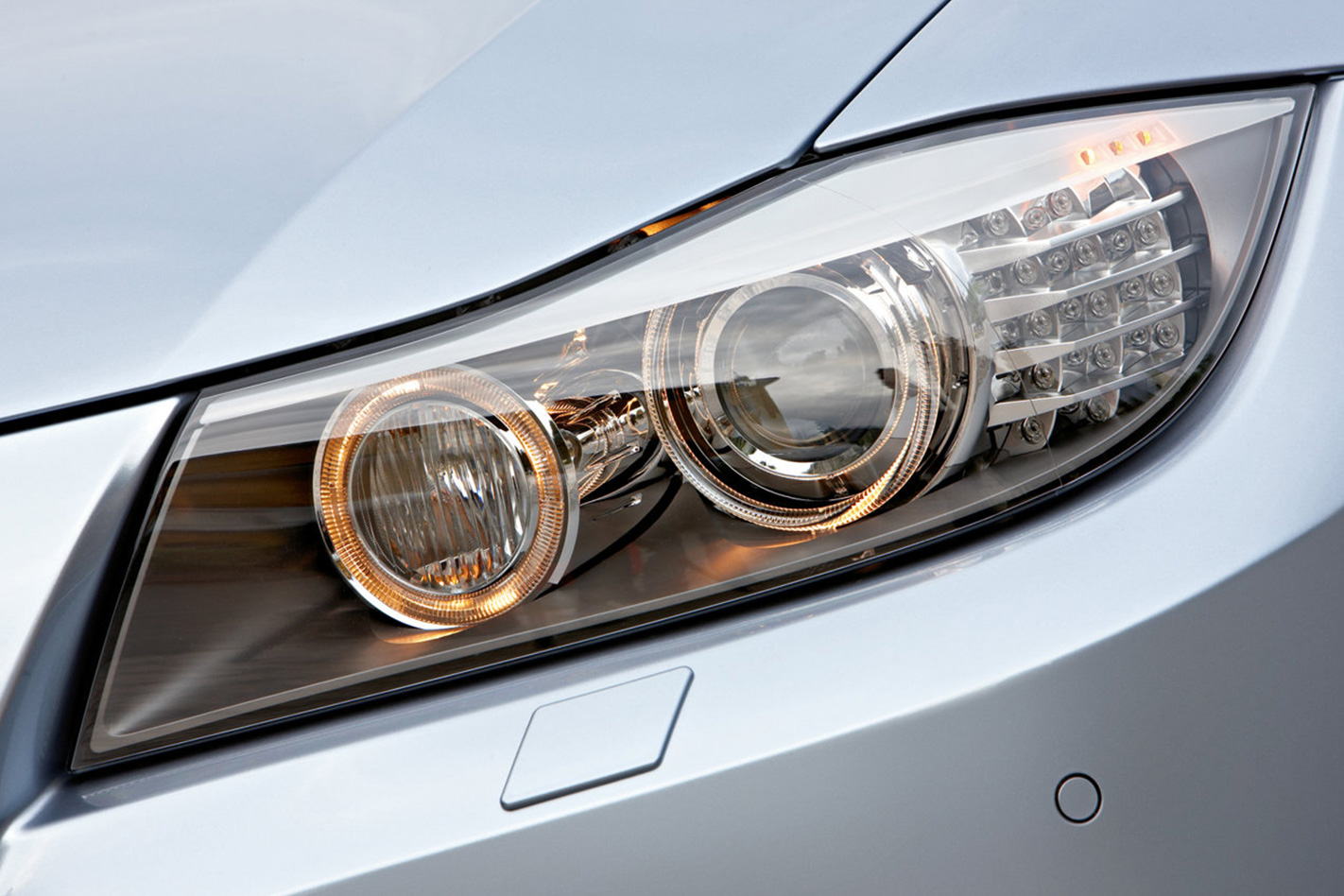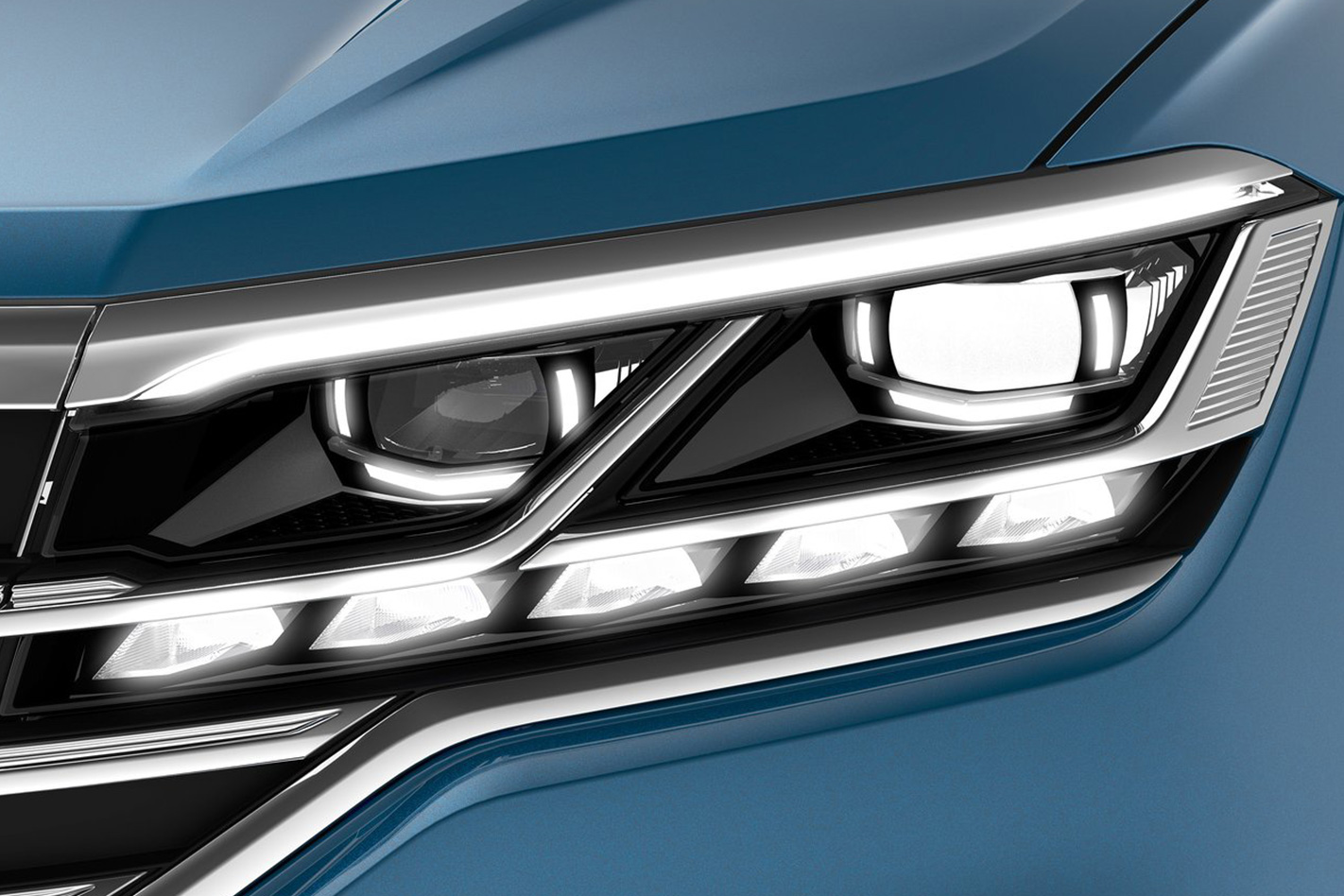
From the days of primitive incandescent globes and the dim yellow glow of sealed-beam lamps, illuminating the way ahead of your car has, quite literally, become a brilliant science.
Among the many technologies available in the modern cars of today, dusk-sensing automatic headlights, self-dipping beams and anti-dazzle high-beams are not just keeping you safer on the road but others who, even today, still forget to flick the lights on after dark. But the different lighting sources available in a new car options brochure can be confusing.
There’s more than a few lighting technologies currently on sale, each with their own unique advantages and drawbacks. Here’s the lowdown on headlamp tech to help you pick the right light when specifying your next new car.
Halogen headlights

Currently found in a majority of the cars on our road, halogen headlights are used for their simplicity and cost effectiveness. Halogen light bulbs are fairly easy to replace and tend to output about 1000 hours of light before the globes expire and need to be swapped.
Halogen bulb technology has been around for some time, evolving from traditional incandescent bulbs. The key difference though, is that a halogen gas is used to protect the filament within the fixture instead of a vacuum, allowing for a brighter glow from the same amount of energy.
Halogen lights are being phased out in favour of alternatives because they are no longer the most efficient or brightest form of lighting, but they are still one of the cheapest. You can still find the technology at the most affordable end of the new car market.
HID/Xenon headlights

High-intensity discharge lamps (HID or Xenon) have been in use since the early 1990s, but are generally only offered as standard on prestige cars, or available as an option on more affordable vehicles.
They operate similarly to the fluorescent tube lighting found in offices and other large buildings by passing an electric current through a mixture of gases within a glass cylinder.
They’re preferable thanks to their longer lifetime compared with halogen headlights and are more efficient as they create more light from less energy (thereby reducing the load on your alternator).
They also produce a whiter light which is easier for the human eye to see, increasing the effectiveness of the headlight in low-light situations. As a downside, these lights cost more to replace.
LED headlights

Light-emitting diodes are small solid-state electrical components that do not produce light by heating a metal filament as incandescent globes do, nor through exciting a gas with an electrical current. Instead, they produce light through a far more efficient process called electroluminescence. Only one or two of the most powerful LEDs are required to equal xenon light output but, increasingly, many smaller LEDs are being grouped together to create a more substantial and variable field of light.
LEDs have been around since the early 1960s in a variety of colours, but it wasn’t until the advent of the blue and white LED that the technology became suitable for vehicle headlights. Such was the significance of the invention and its effect on the world’s energy consumption (not just in vehicles, but all lighting) that its three Japanese pioneers were awarded the Nobel prize for physics.
The early units were very expensive however, and LEDs are only just becoming commonplace due to the unit cost decline with increased volume production.
A major advantage of LEDs is that each one in a headlight array can be energised independently, allowing different shaped light beams which is useful for reducing glare to oncoming motorists or providing a more intense focused beam.
Laser headlights

Laser headlights – sounds cool, but in reality, the laser beams themselves only go part of the way to lighting up your surroundings. A blue laser is focused into a phosphorus gas which fluoresces and emits an extremely bright, almost daylight-like colour temperature.
BMW and Audi were among the first manufacturers to introduce laser headlights with the i8 sports car and R8 LMX respectively. BMW says that the tech is capable of producing light 1000 times more powerful than LEDs while using less energy. Their brightness also extends further than any other reach, up to 600 metres. Unfortunately, this lighting technology is still very expensive and is generally only available as an option, costing up to $5100 in the new BMW 7 Series. Just hope that you never have to replace them.
Like all lighting technology over the ages, the cost of the latest systems will decrease over time and find its way into increasingly affordable cars, making way for the next brilliant innovation.



